Is Peony a Bush: Understanding the Nature of Peony Plants
A peony bush is a flowering shrub that produces large, showy blooms in shades of pink, red, white, and other colors. According to Asia Society, peony bushes are native to Asia, Europe, and Western North America and are grown for their ornamental value in gardens and landscapes. The flowers, as large as 10 inches in diameter, bloom in late spring or early summer and are prized for their fragrance and beauty.
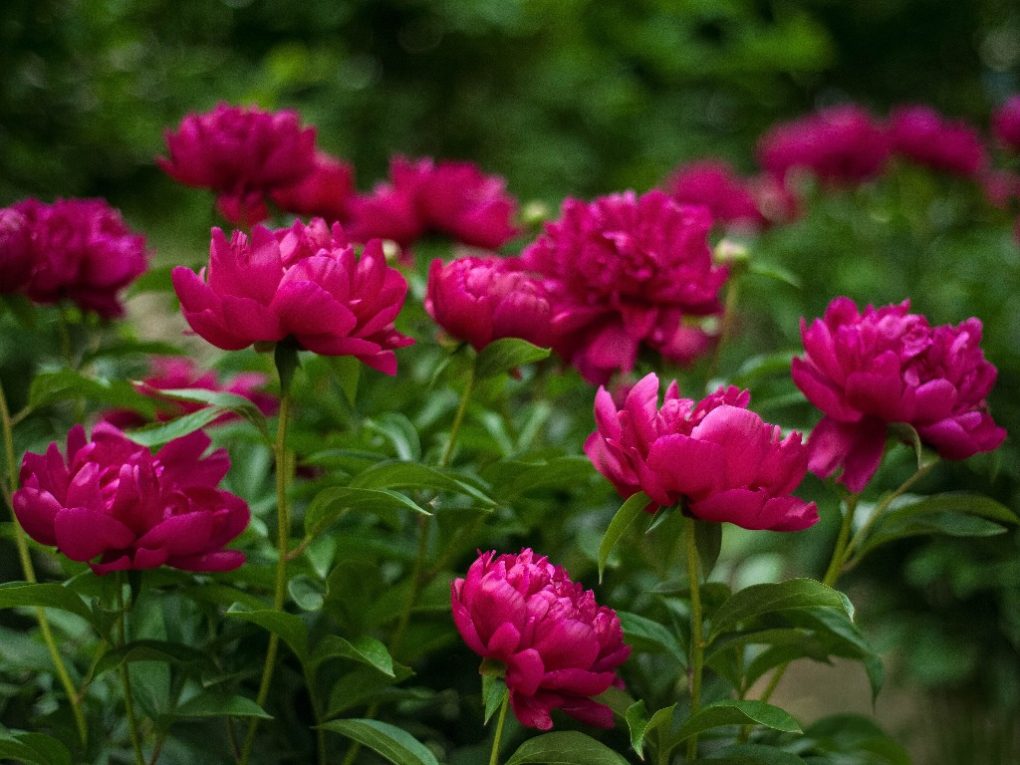
Peony bushes prefer to grow in full sun or partial shade and require well-drained soil rich in organic matter. They are typically planted in the fall and require little maintenance beyond regular watering and fertilizing.
Table of Contents
Peony as a Bush
Growth Habit
Peonies are often called “bushes” due to their dense and rounded growth habit. They typically grow between 2-4 feet tall and wide, with woody stems and lush foliage. Peonies are known for their large, showy flowers that bloom in late spring or early summer. While they are often grown as perennials, some varieties can live for decades and become quite large, resembling small trees.
Cultivation
Peonies are relatively easy to grow and care for, making them popular for gardens and landscapes. They prefer well-draining soil rich in organic matter and full sun to partial shade. When planting peonies, it is important to ensure that the eyes (pink buds) are just below the soil surface. They should be planted in the fall or early spring and watered regularly until established.
Maintenance
Peonies require minimal maintenance once established. Deadheading spent blooms can help promote additional blooming and prevent seed production. While peonies do not require precise pruning, damaged or diseased stems should be removed immediately. In the fall, the foliage will naturally die back and can be cut back to the ground.
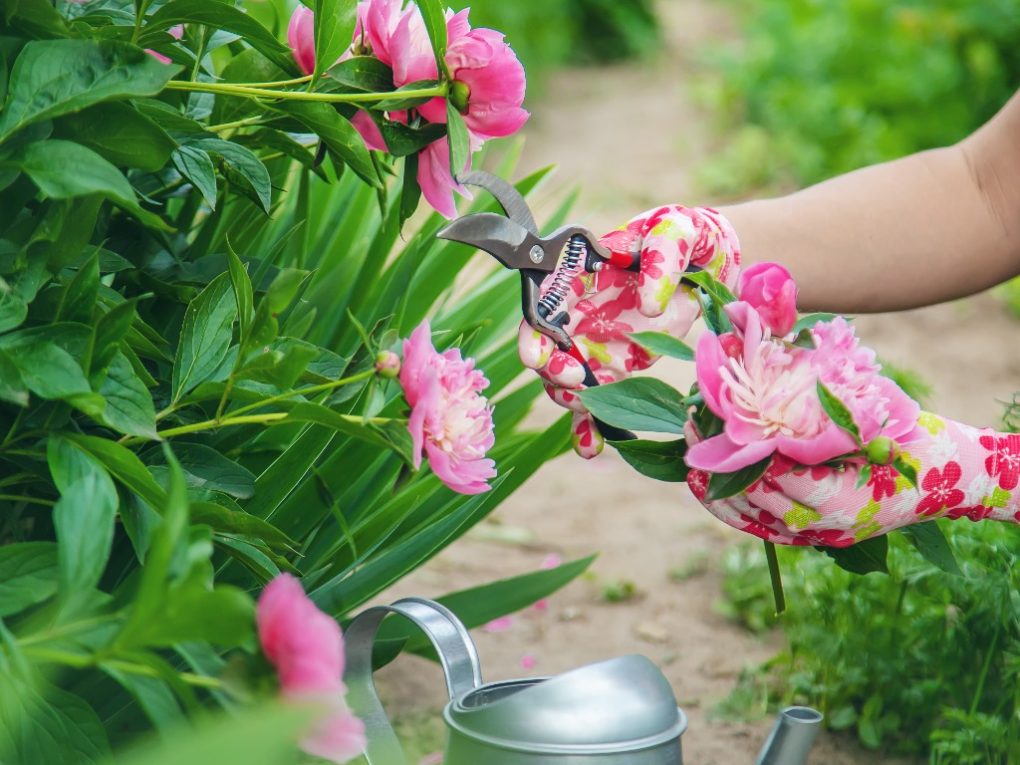
Peonies are generally hardy and disease-resistant but can be susceptible to botrytis, a fungal disease that causes stems to rot. Proper planting and care can help prevent this issue. Overall, peonies make a stunning addition to any garden or landscape with their lush foliage and showy blooms. They can thrive for years if given the proper growing conditions and care.
All about Peony
Blooms
Peony blooms can be single, semi-double, or double, depending on the variety. Single blooms have a central cluster of petals surrounded by a single row of petals, while semi-double blooms have more than one row of petals and a few stamens in the center. Double blooms have numerous layers of petals, often obscuring the stamens completely.
Peony blooms come in various colors, including shades of pink, red, white, and even yellow. They typically bloom in late spring or early summer, depending on the variety and climate. The blooms can last several weeks, and some varieties may produce secondary blooms later in the season.
Peony blooms are highly prized for their beauty and are often used in cut flower arrangements. In addition to their ornamental value, some peony varieties have medicinal properties and have been used in traditional medicine for their anti-inflammatory, anti-cancer, and pain-relieving properties.
Leaves
Peony leaves are important to the plant’s overall appearance and growth. The leaves are typically dark green, glossy, and either lobed or divided. The lobed leaves have rounded or pointed edges and deep notches, while the divided leaves have multiple leaflets arranged along a central vein. The leaves are alternately arranged along the stems of the plant.
Peony leaves play an important role in the plant’s growth and health. They produce food through photosynthesis, converting sunlight into the plant’s energy for growth and reproduction. The leaves also help to regulate the plant’s water balance by releasing excess water through tiny pores called stomata.
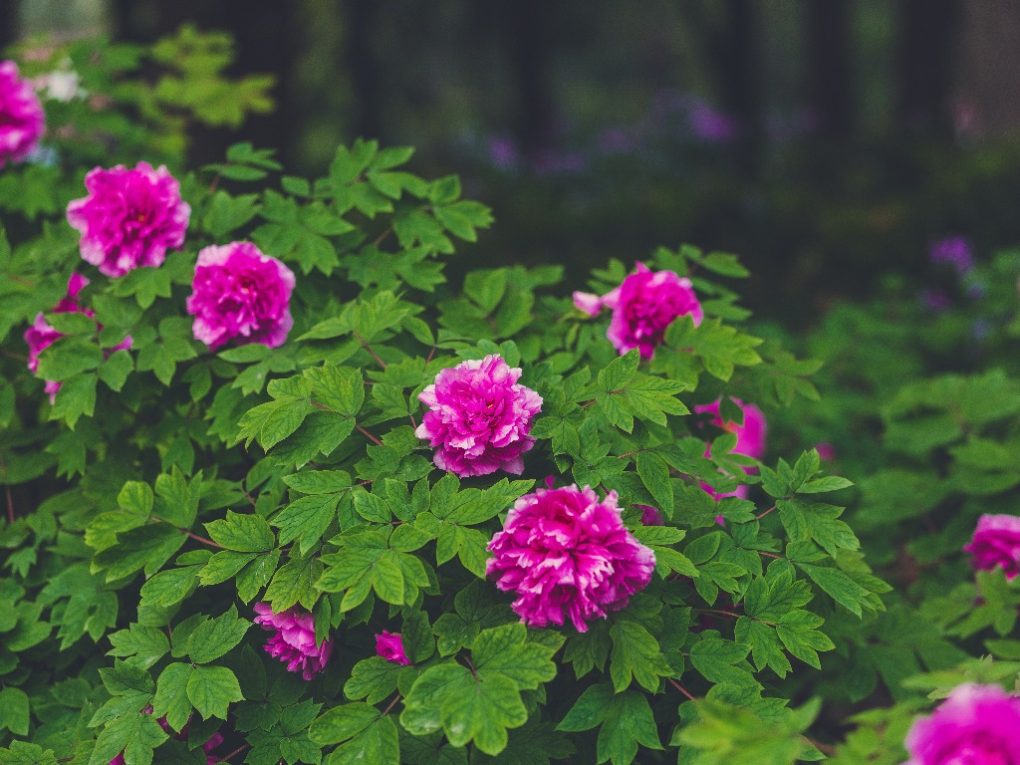
Growth Habit
Peonies have a bushy growth habit, with multiple stems emerging from a central crown. The stems are stiff and upright and can support the weight of peonies’ large flowers. The stems may become woody near the base as the plant grows, but they remain flexible and green near the top.
The bushy growth habit of peonies can make them a good choice for use as hedges, borders, or mass plantings; giving each plant room to grow is important, as they can spread over time.
Peonies are slow-growing plants, and it can take several years for a newly planted peony to reach its full size. Once established, however, they can live for many years and produce more abundant blooms.
Bloom Time
The bloom time of peonies can vary depending on the variety and growing conditions, but in general, peonies bloom in late spring to early summer. The bloom typically lasts about two to three weeks, although some varieties may have a shorter or longer bloom time. The exact timing of the bloom can also be affected by climate and weather conditions.
In colder climates, peonies may bloom later in the season, while in warmer climates, they may bloom earlier. The size and quality of the blooms can also be influenced by environmental factors such as light, temperature, and moisture.
I can prove that peony flowers are highly prized for their beauty and fragrance, the reason why they are often used in cut flower arrangements. For example, some varieties may produce a second flush of blooms later in the season, although these blooms are typically smaller and less abundant than the first flush.
Hardy
Peonies are generally considered hardy plants which can withstand cold and harsh weather conditions. Most peony varieties can tolerate winter temperatures down to -40°F (-40°C), making them a popular choice for gardeners in cold climates.
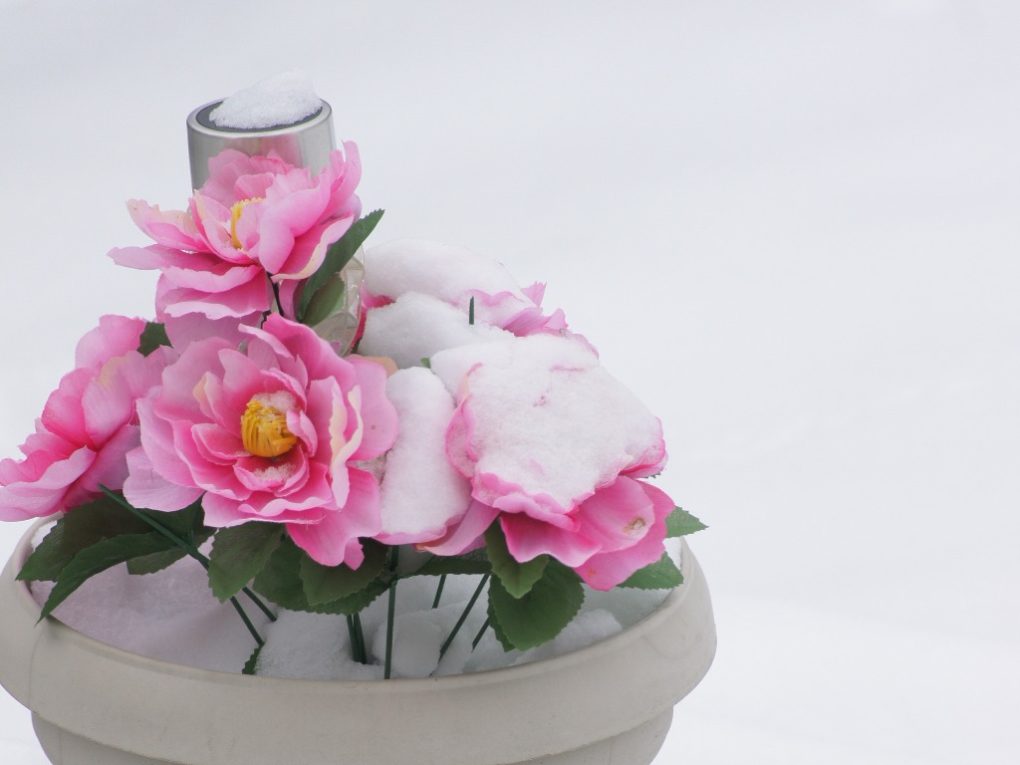
However, even hardy plants like peonies can suffer damage or die in extreme weather conditions, such as severe drought, flooding, or prolonged periods of freezing temperatures. In addition, some varieties of peonies may be more susceptible to certain pests and diseases, which can impact their hardiness and overall health.
To help ensure the hardiness of peonies, it is important to plant them in well-drained soil and to provide them with adequate sunlight, water, and nutrients. Mulching around the base of the plant can also help protect the roots from extreme temperatures and moisture fluctuations.
Propagation
Several methods can propagate peonies, including division, root cuttings, and seed propagation.
The division is the most common method of propagating peonies. This involves digging up an established plant and dividing the root system into smaller sections, each with a portion of the crown and several buds or “eyes.” The divided sections can then be replanted and will grow into new plants.
Root cuttings are another method of peony propagation, although it is less commonly used. This involves taking a small section of the plant’s root system and planting it in a pot or on the ground. The cutting will then develop new roots and shoots, eventually growing into a new plant.
Propagation by seed is also possible, although it is less reliable and can take several years before the plant produces flowers. To propagate by seed, collect ripe seed pods from an existing plant and sow them in a seedbed. The seeds should be sown in the fall and will germinate the following spring. The resulting seedlings can then be transplanted to their permanent location after a few years.
Varieties
Several types of peonies include herbaceous, tree, and intersectional hybrids. Herbaceous peonies are the most common type and die back to the ground in the winter. Tree peonies are deciduous shrubs growing up to 6-8 feet tall and wide. Intersectional hybrids, also known as Itoh peonies, are a cross between herbaceous and tree peonies, and they have the best characteristics of both types.
Peonies also come in various flower forms, including single, semi-double, double, and bomb. Single flowers have one or two rows of petals and a central cluster of stamens. Semi-double flowers have more than two rows of petals and a few stamens. Double flowers have numerous rows of petals and no visible stamens. Bomb flowers have a central cluster of petals surrounded by one or more rows of larger petals.
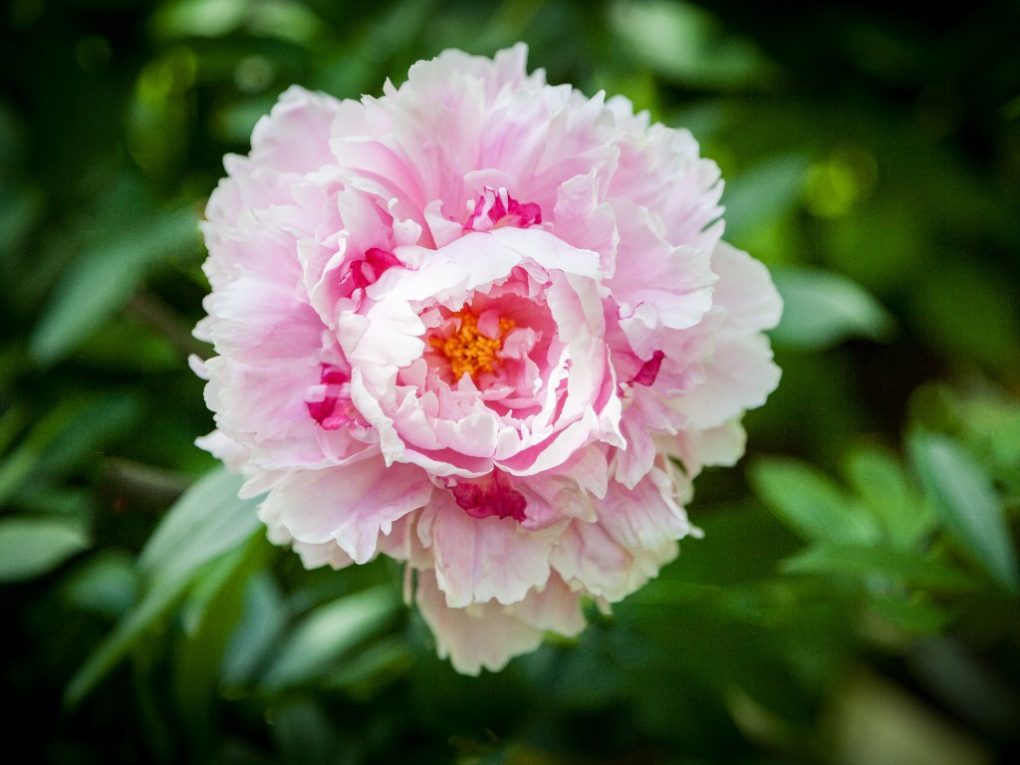
| Variety | Flower Form | Color |
| Sarah Bernhardt | Double | Pink |
| Shirley Temple | Semi-Double | White |
| Karl Rosenfield | Double | Red |
